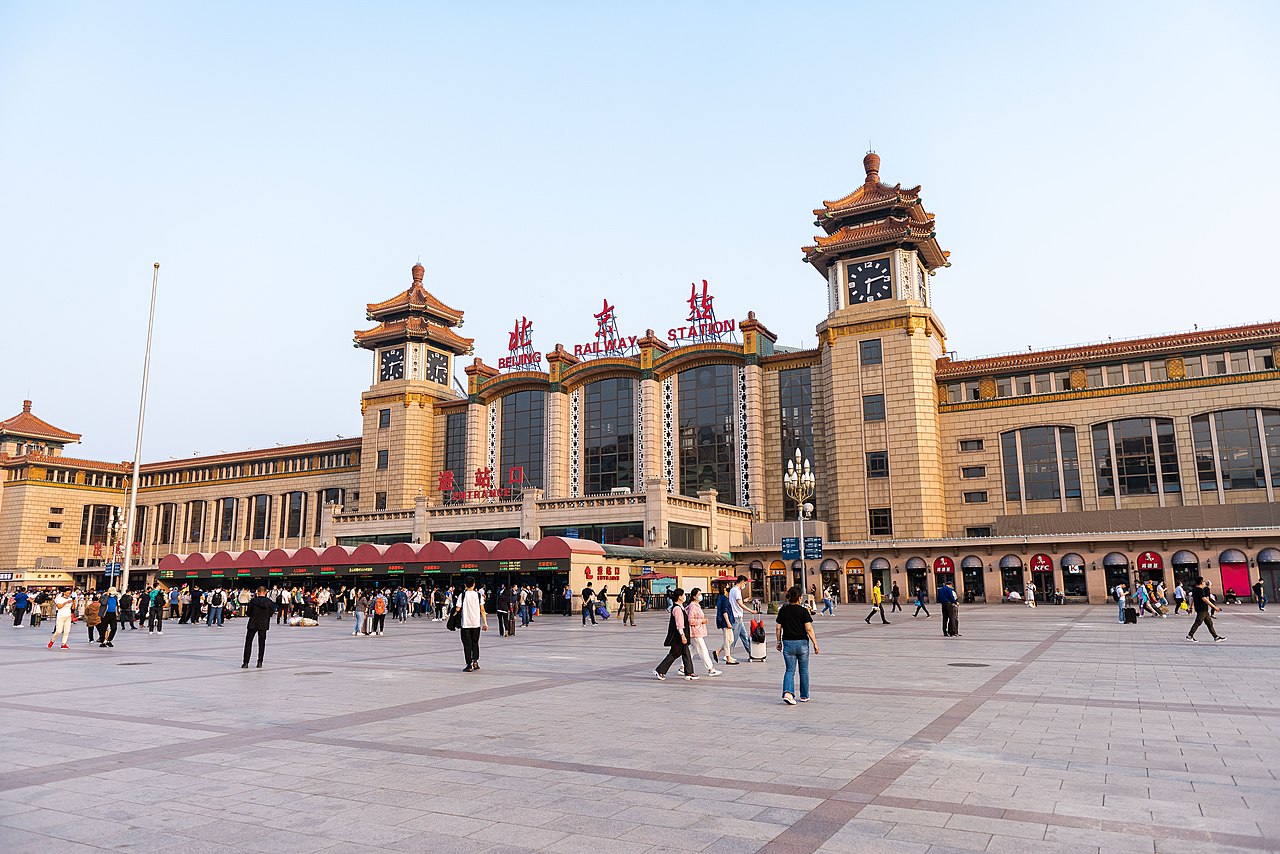Beijing, the capital city of the People’s Republic of China, is a sprawling metropolis that stands at the intersection of tradition and modernity, history and innovation. With a history dating back over three millennia, Beijing has been the political, cultural, and economic heart of China for much of its existence. Today, the city serves as a dynamic and vibrant showcase of China’s rich heritage and its rapid evolution into a global powerhouse.
At the heart of Beijing’s historical legacy is the Forbidden City, a monumental palace complex that served as the imperial residence for Chinese emperors from the Ming to the end of the Qing Dynasty. Spanning 180 acres, the Forbidden City is a UNESCO World Heritage site characterized by its grand halls, opulent courtyards, and intricate imperial architecture. The symbolism embedded in its design reflects the emperor’s connection to the cosmic order, making it a cultural and historical treasure trove.
Adjacent to the Forbidden City stands Tiananmen Square, one of the largest public squares in the world. It has been a witness to numerous historical events, including the founding of the People’s Republic of China in 1949. The square is flanked by significant landmarks such as the Monument to the People’s Heroes and the mausoleum of Mao Zedong, emphasizing its role as a central stage for political and social activities.
The iconic structure that graces the Beijing skyline and stands as a testament to modern architectural prowess is the CCTV Headquarters, commonly known as the “Big Pants” or “The Loop.” Designed by architect Rem Koolhaas, this avant-garde building defies traditional notions of skyscraper design, symbolizing China’s embrace of innovation and contemporary aesthetics.
Beijing’s cultural tapestry extends to the historic hutongs, narrow alleyways lined with traditional courtyard residences. Exploring these labyrinthine streets provides a glimpse into the city’s past, offering a sense of community life that has endured for centuries. The preservation of hutongs has become emblematic of Beijing’s commitment to maintaining its cultural heritage amid rapid urbanization.
The Summer Palace, situated on the outskirts of the city, is another jewel in Beijing’s crown. This vast imperial garden, encompassing Kunming Lake and Longevity Hill, is a harmonious blend of natural beauty and human ingenuity. The Long Corridor, adorned with paintings, and the Marble Boat, an iconic lakeside structure, add to the allure of this UNESCO World Heritage site.
The Temple of Heaven, a masterpiece of Chinese religious architecture, exemplifies the city’s commitment to preserving its spiritual heritage. This imperial complex, where emperors conducted annual ceremonies to ensure good harvests, consists of the Hall of Prayer for Good Harvests, the Circular Mound Altar, and the Echo Wall. It stands as a testament to the profound connection between Chinese emperors and the divine.
Beyond its historical and cultural attractions, Beijing has embraced modernity with fervor. The Bird’s Nest stadium, an architectural marvel built for the 2008 Summer Olympics, and the futuristic skyline of Central Business District (CBD) underscore the city’s global influence and aspirations.
Beijing’s cultural scene is vibrant and diverse, with world-class museums like the National Museum of China, contemporary art districts such as 798 Art Zone, and a thriving performing arts community. The city’s dynamic blend of traditional and avant-garde cultural expressions reflects its role as a global cultural hub.
In conclusion, Beijing stands as a multifaceted city that encapsulates the essence of China’s past, present, and future. Its imperial grandeur, historical landmarks, modern marvels, and cultural richness create a narrative that unfolds across millennia. As Beijing continues to evolve and shape the trajectory of China’s global influence, it remains a captivating destination where the echoes of ancient dynasties resonate amid the pulse of a modern and dynamic metropolis.



